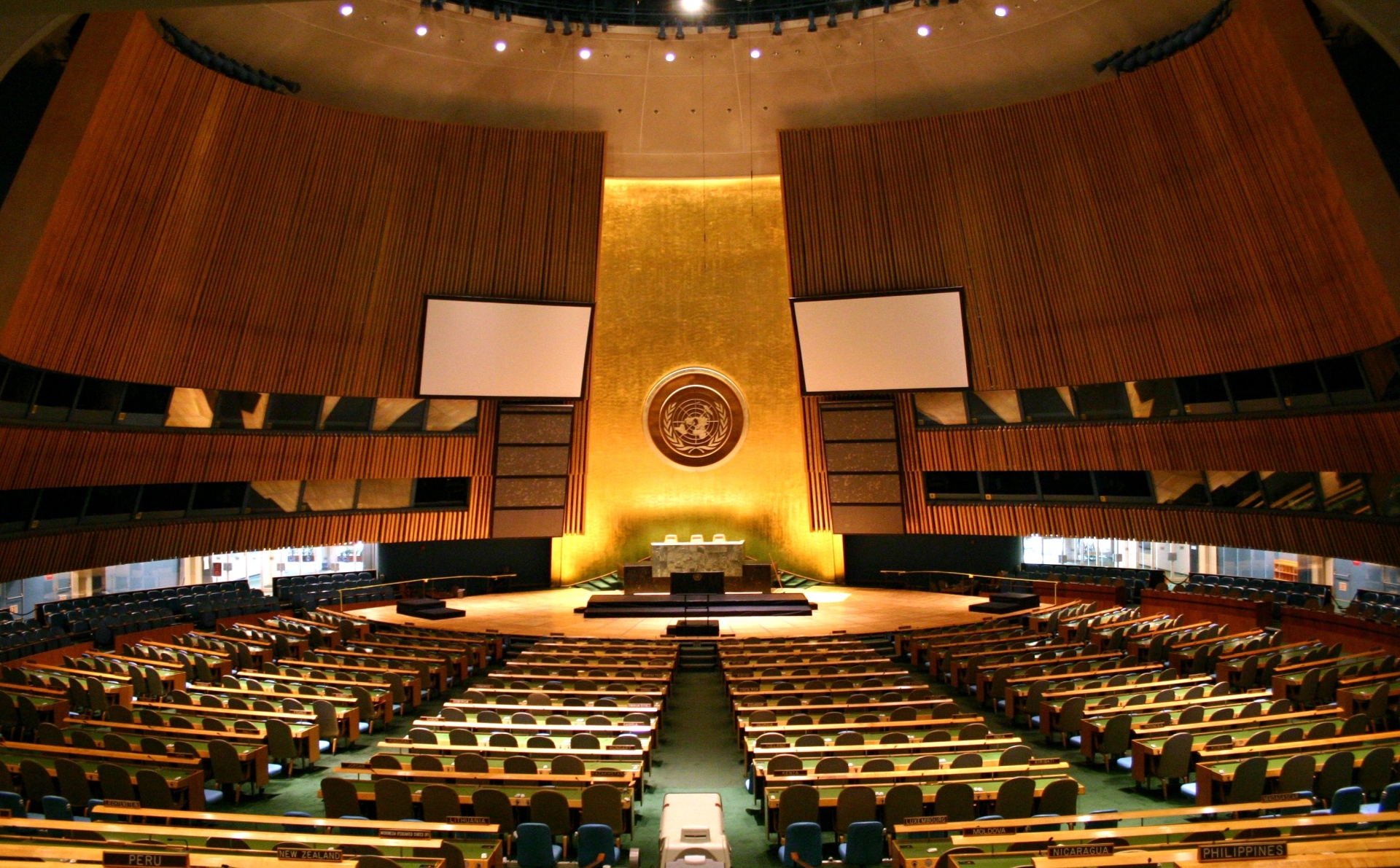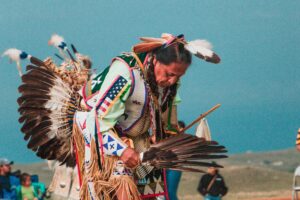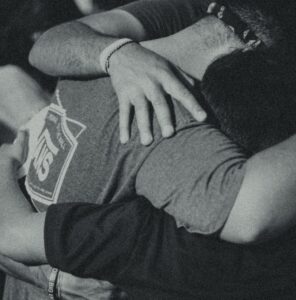Living Together In Peace

UN General Assembly Hall - Wikimedia
Today, May 16th is the International Day of Living Together In Peace. The day was established in 2016 by UNGA resolution 72/130 as a means of regularly mobilizing the efforts of the international community to promote peace, tolerance, inclusion, understanding and solidarity.
By underlining the importance of togetherness in peace the day also reminds us that peace has to be inclusive. This is particularly important in cementing the ownership of peacebuilding efforts in the communities they affect by ensuring representation of all stakeholders, young people, women, indigenous peoples and other minorities who often are not invited to take part in the formal political tracks of peacebuilding.
Through resolution 1325, 2250, 2419 and others the United Nations Security Council has over the past two decades worked to ensure greater representation, greater togetherness in working for global peace, by addressing specifically the participation of youth and women.
As we continue our struggle for SDG16 is important that we not only recall these efforts made, but that we fill them with meaning. A seat at the table is a great step in the right direction, but at the end of the day a seat at the table has to manifest in meaningful contributions, in being heard, in credibly representing diverse communities and in cementing local ownership of what often manifests as abstract political processes led by men in suits.
A peace process is a statement of intent, a roadmap for the future. Traditionally these processes have however been led by the leaders of militias, generals and politicians – the people behind the conflict. In the meantime civil society, the people affected, the people who wish to live in peace, and knows how their local communities work, as well as youth, the people who will own the future, have been left out. This has to change.
When discussing the inclusion of local representation in the peace process in Colombia today I was reminded of the establishment of the Freedom Charter in South Africa. Members of the committee to write the charter visited thousands of homes to gather the ideas of the people to stake out the future of South Africa and wrote a document that would be banned for decades by the apartheid regime. This happened in the 1950ies, the idea of an inclusive peace is thus not a new one, but one we always should honour.
In the decade to come, I hope to see more inclusivity both in formal peace processes and in grassroots organizers efforts to maintain peaceful communities. I hope to see increased engagement, across the world, to continuously struggle to maintain meaningful, and deep peace, in every community, in communities that view themselves as unaffected by conflict yet has deep divides hidden under the surface, as well as in communities deeply affected by war. So let’s mark today by recommitting ourselves to standing united in diversity, together for peace.


